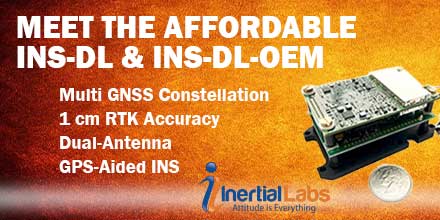
Inertial Labs, Inc., a developer and supplier of high performance Inertial Sensors and Systems, released an affordable, multi GNSS constellation, 1 cm RTK accuracy dual-antenna GPS-Aided Inertial Navigation System (INS).
Affordable Dual-Antenna GPS-Aided INS
The INS-DL and the OEM version, INS-DL-OEM, are multi constellation -- GPS, GLONASS, GALILEO, Beidou -- GPS-Aided INS that achieve 1 cm Position and 0.05° Heading, Pitch & Roll accuracy. These high precision and high-accuracy INS are affordably priced at around $5,000 USD.
The INS-DL and INS-DL-OEM are compact and deliver high performance.
They are designed for developers of autonomous and unmanned systems; vehicles and small robots for precision agriculture; payloads for remote sensing and survey applications.
The INS-DL is available as a classic INS or as an advanced, GPS-aided Motion Reference Unit (MRU).
As a classic INS, it outputs Position, Orientation and IMU data for real-time and post-processing operation. As an advanced, GPS-Aided MRU, it outputs Position, Velocity, Heading, Pitch, Roll, Heave, Surge, Sway and Significant Wave Height data for survey, hydrography, bathymetry and motion control.
"GPS-Aided INS-DL is a result of significant efforts of our R&D team. It is a market oriented solution, geared towards applications, requiring the best combination of high performance and in a same time low cost " said Jamie Marraccini, Inertial Labs’ CEO and President.
About Inertial Labs
This year, Inertial Labs celebrate its 17
th anniversary as a developer and supplier of high quality inertial sensor based solutions for land, marine and aerospace applications.
Since 2001, thousands of inertial systems, as well as those fused with other technologies like optical, laser, and GNSS systems, were successfully delivered to our customers for AGV, UAV, AUV, UUV, robots, land vehicles etc.
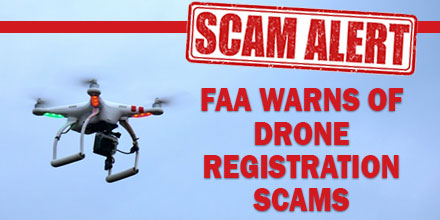 The Federal Aviation Administration (FAA) wants to warn drone owners – especially hobbyists—about companies offering to “help” register their drones with the agency.
Remember, the FAA Drone Zone is the place operators should go to register a drone...and it costs only $5.00.
The Federal Aviation Administration (FAA) wants to warn drone owners – especially hobbyists—about companies offering to “help” register their drones with the agency.
Remember, the FAA Drone Zone is the place operators should go to register a drone...and it costs only $5.00.

 Choosing the right RF Filter for your application can feel like a daunting task. After all, there are numerous options available.
As such, when choosing an RF filter for your communications system, test and measurement setup, or RF module design, the best option depends on your specific application.
Below are some key parameters to help guide your decision:
Choosing the right RF Filter for your application can feel like a daunting task. After all, there are numerous options available.
As such, when choosing an RF filter for your communications system, test and measurement setup, or RF module design, the best option depends on your specific application.
Below are some key parameters to help guide your decision:
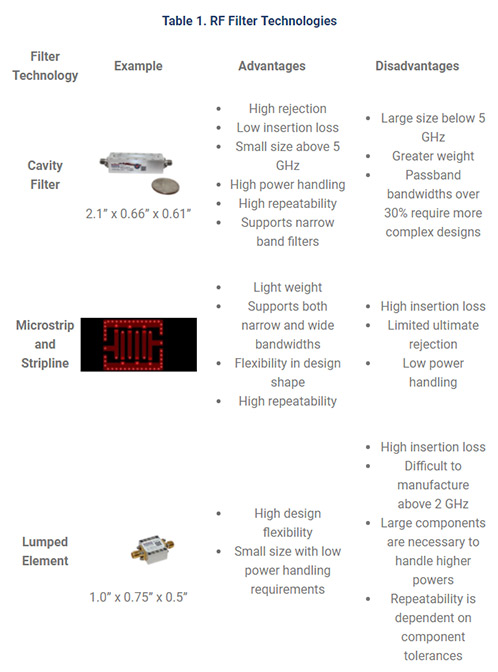
 LiDAR USA announced the integration of VectorNav's VN-300 Dual-Antenna Inertial Navigation System f0r its ScanLook Revolution UAV-based mapping-system.
The combined system provides LiDAR mapping capabilities targeted at applications that require a fast, efficient and easy-to-use solution.
LiDAR USA announced the integration of VectorNav's VN-300 Dual-Antenna Inertial Navigation System f0r its ScanLook Revolution UAV-based mapping-system.
The combined system provides LiDAR mapping capabilities targeted at applications that require a fast, efficient and easy-to-use solution.
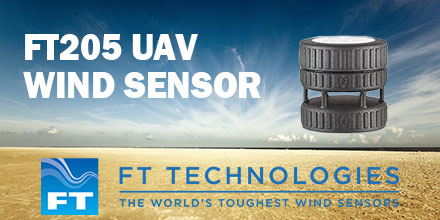 FT Technologies announced the launch of the first in a new generation of lightweight ultrasonic wind sensors -- the FT205.
Made from a graphite and nylon composite, and weighing only 100g (3.5oz), the FT205 is designed specifically for use on drones and unmanned aerial vehicles (UAVs).
FT Technologies announced the launch of the first in a new generation of lightweight ultrasonic wind sensors -- the FT205.
Made from a graphite and nylon composite, and weighing only 100g (3.5oz), the FT205 is designed specifically for use on drones and unmanned aerial vehicles (UAVs).
 Inertial Labs, Inc., a developer and supplier of high performance Inertial Sensors and Systems, released an affordable, multi GNSS constellation, 1 cm RTK accuracy dual-antenna GPS-Aided Inertial Navigation System (INS).
Inertial Labs, Inc., a developer and supplier of high performance Inertial Sensors and Systems, released an affordable, multi GNSS constellation, 1 cm RTK accuracy dual-antenna GPS-Aided Inertial Navigation System (INS).
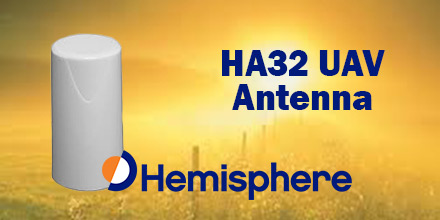 Hemisphere GNSS recently announced the launch of its all-new multi-GNSS, multi-frequency 4-helix HA32 UAV antenna.
The HA32 is a high-performance antenna. It supports GPS, GLONASS, Galileo, BeiDou, and Hemisphere's Atlas L-band correction service.
Designed specifically for UAVs, GIS, surveying, and RTK. It is also highly suitable for applications requiring high-precision positioning and navigation.
Hemisphere GNSS recently announced the launch of its all-new multi-GNSS, multi-frequency 4-helix HA32 UAV antenna.
The HA32 is a high-performance antenna. It supports GPS, GLONASS, Galileo, BeiDou, and Hemisphere's Atlas L-band correction service.
Designed specifically for UAVs, GIS, surveying, and RTK. It is also highly suitable for applications requiring high-precision positioning and navigation.
